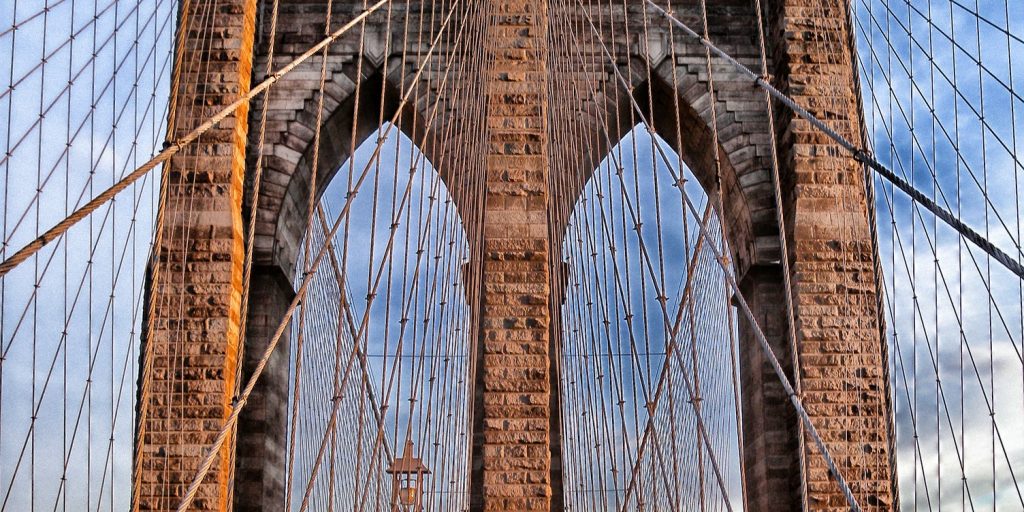Infrastructure report highlights challenges anticipated by local leaders in coming years
Remember when patrons could order a coffee without talking around a plastic barrier, and N95 masks were most often used within the construction industry? Twenty-twenty-two is just two years removed from the pandemic’s start, but it feels worlds apart.
From more people than ever working from their couches to selectboard meetings held online, the pandemic has fundamentally changed the world forever.
In a survey of 300 American public officials and infrastructure executives published by Deloitte, 97 percent expect “there will be significant, lasting impacts from the pandemic.” Most of the anticipated impact in one way or another relates to the global shift toward remote work. A report from Gallup in September noted, at the time, “45 percent of full-time U.S. employees worked from home either all (25 percent) or part of the time (20 percent).”.
Aligned with this trend, 42 percent of respondents to Deloitte’s survey reported an increase in demand among their constituents for improved broadband and better WiFi access. Other related changes include increases in the popularity of telemedicine (33 percent), remote schooling (31 percent), and a decrease in demand of office spaces in major cities (23 percent).
While these correlations are to be expected, Avi Schwartz, one of the report’s authors, highlights a response that wasn’t so anticipated.
“We were very surprised that respondents of the survey—again, these are mostly governments—said they didn’t expect people to flee cities,” Schwartz said, noting only 2 percent listed that migration as a concern. “There was a general consensus among respondents that they weren’t going to empty out their cities, and not only that, there was a desire to invest in mass transit.”
This is notable particularly in light of the American Rescue Plan and the Bipartisan Infrastructure Law, which will inject trillions into American infrastructure.
“Maybe we’re not going to abandon our office buildings completely,” Schwartz continued. “We’re going to have some other combination—I know some businesses are having three days in offices. That poses a complex planning (challenge).”
If splitting time between offices and remote work environments is the anticipated future norm, city planners will have to adapt—some days might have more commuters moving about then others. The influx of money into infrastructure projects comes at a welcome time, but it’s going to require forethought.
“If that happens right way, infrastructure, especially big projects, could take three, five, 10 years,” Schwartz said. Guessing what the labor landscape is going to look like post-pandemic-upheaval is something “infrastructure planners are trying to work through now.”
This challenge is reflected in the survey results. Thirty-seven percent of respondents noted a need to expand multimodal transportation options (37 percent), and 27 percent highlighted a need to increase social equity in mass transit.
“How state and local governments flex to take full advantage of this opportunity is what I’m watching for over the next year or two—with some preparation, a particular state or local government might be able to use this as an opportunity to improve or transform infrastructure in their particular geography,” Schwartz said.
Post-pandemic, there is also expected to be a shift in focus to cybersecurity, along with a commitment to build out digital and climate friendly infrastructure. This isn’t a surprise when considered alongside highly visible digital attacks on infrastructure that’ve taken place over the last few years like the Colonial Pipeline cyberattack.
“The challenge is especially acute for state and local governments. While federal agencies often spend 5 percent to 20 percent of IT budgets on cybersecurity, most states spend only 1 percent to 2 percent specifically on security,” the report says. “For local governments with smaller IT budgets, even paying the average salary (more than $100,000) of one cybersecurity professional can be a daunting task.”
In this, there’s another challenge. These days, infrastructure elements exist in a three-dimensional space. Not only do roads and bridges have physical planes, they also house an array of digital devices that are vulnerable to cyberthreats.
“This isn’t your grandparents’ infrastructure,” Schwartz said. “I’ve seen a lot of articles about the last big infrastructure spend (the New Deal)—this isn’t that. Even if you’re building a highway today, you have sensors built into it. … There’s a real convergence of digital infrastructure and physical brick and mortar infrastructure.”
With the digital dimension, modern infrastructure is incredibly complex, requiring teams of highly skilled employees to build, maintain and monitor. This need, in light of federal infrastructure spending initiatives, could exacerbate a talent shortage that existed even before recent infrastructure laws. Forty-six percent of respondents cited a shortage of talent and expertise as the biggest obstacle they’ll face in completing projects over the next three years.
“There’s no question that this is going to have a ripple effect throughout the infrastructure economy,” Schwartz said. “We will be spending more money, and differently. Anytime you do more and differently, that poses a challenge to state and local government.”




















